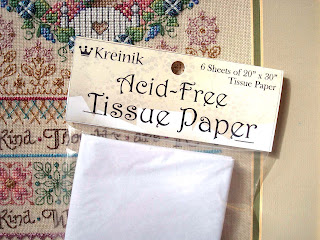How your group can prevent suicide
What shoes did you wear today, anything with laces? Did you slip on some fun socks to show your personality? Let's talk. Do you sometimes look at your feet and need cheering up? We're here to help. We're asking you and 25 of your friends to help too (have a group, business or club?). It's actually easy, and fun.
Shoelaces and socks go together like, well, threads and stitches. One makes the other better, right? You can have fun with both, showing off your unique style or sense of humor. They're with you most of the day, so let's make them a little more fun.
Kreinik and Blue Heel Socks of North Carolina joined manufacturing forces to create Sporty CAKS, a line of neon sporty socks and glow-in-the-dark shoelaces. A portion of each sale goes to suicide prevention, grief support, substance abuse and depression treatment programs. The socks are made by Blue Heel in North Carolina, while the shoelaces are made by Kreinik in West Virginia.
- Well, first, you can have your logo put on the socks, which is really awesome for groups, schools, charities, teams, clubs, and the like. Imagine a bowling team with their cool socks glowing under the alley blacklight. Or the name of a roller derby team zipping around the rink. Or a private school showing school pride and unity. How about a business with staff running a charity race, wearing eye-catching matching neon socks? That's just to name a few creative ideas.
- You can use the socks-and-shoelace program as a fundraiser. The program is designed with this invaluable action network in mind. Use them to raise money for your town, a neighbor, a cause, a fund-me campaign, or anything else. The Sporty CAKS program is something everyone can use, wear, and take pride in participating.
- The socks are cool. No, really, they are: breathable, made from recycled materials, and made in the USA. Blue Heel uses nylon and recycled nylon instead of cotton. They're soft, flexible, colors won't fade—and did we mention that you can put your logo on them? More about Blue Heel here: http://blueheel.com/about-us-2
- Sporty CAKS raises money to help prevent suicide, plus comfort those who have already lost friends and family. Bullying, fear, sadness, hopelessness, exhaustion…we've all been there to a degree, but for some, it's life-threatening. We can help, you can help, your group can help.
How to help
To purchase for your group, visit http://blueheel.com/caks-program. Basically, here's how it works:
- pick a quantity (25, 50, etc)
- select a neon color
- upload logo for sock (optional)
- Blue Heel sends you a mock up of your Sporty CAKS order
- once approved, they send an invoice and ship
More information
What's a thread company doing with socks and shoelaces? Many of you know that the Kreinik family lost one of its beloved own to suicide in recent years. In an instant, a topic you hear about, a tragedy you see on the news, the thing that has happened to people you know, became deeply personal. We don't want this to happen to you and your loved ones. If it happened already, we want to help you heal.
This is why Kreinik developed the CAKS project. You can buy shoelaces, eyeglass strings and lanyards—made of Kreinik threads by our wonderful staff in our West Virginia factory. All the details here: http://www.kreinik.com/shops/CAKS/ We donate to a fund helping suicide prevention, grief counseling, drug addiction services, and depression treatment. It's an uphill battle, and that's why we're so excited Blue Heel Socks has joined the mission. Thank YOU for helping too.
Read more...

















